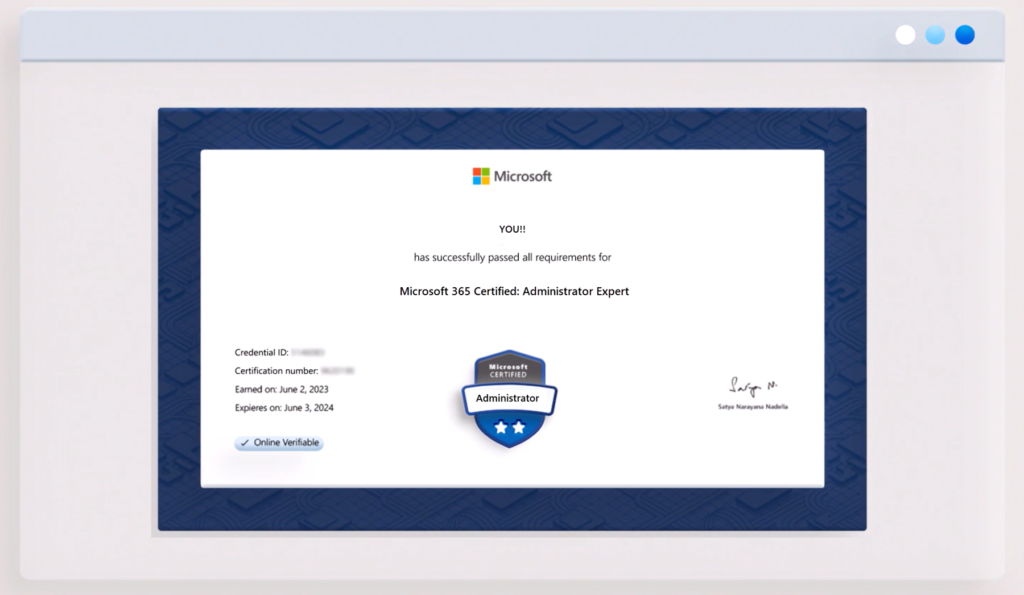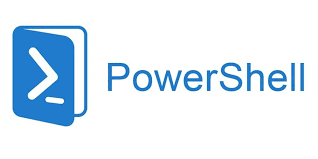If you are administering a Microsoft 365 tenant and want to learn more about the features and functionality available in your tenant, and also like to earn more money as a Microsoft 365 tenant administrator, you’ll want to obtain the Microsoft 365 Certified: Administrator Expert certification. I invite you to join me at Pluralsight and view my MS-102 exam preparation courses which will help you achieve your goal of becoming a certified Microsoft 365 tenant administrator. My courses will help you understand what is necessary to be rewarded the Microsoft 365 Certified: Administrator Expert certification and provides content and live demos on the primary topics you can expect questions on… Read More
Continue Reading
How to Obtain Your Microsoft 365 Administration Certification
Microsoft recently announced an update to the Microsoft 365 administration certification. Let’s begin with the fact that Microsoft has renamed the certification from “Microsoft 365 Certified: Enterprise Administrator Expert” to “Microsoft 365 Certified: Administrator Expert”. They dropped enterprise from the name. Previously in order to obtain the Microsoft 365 administration certification, you had to pass both the MS-100 and the MS-101 exams. There is a new exam that has replaced the MS-100 and MS-101 and it is called the Microsoft 365 Administrator, MS-102 exam, which you’ll need to pass to obtain the new Microsoft 365 Certified: Administrator Expert certification, along with a prerequisite exam. For additional information about this exam and the… Read More
Continue Reading
Using the SharePoint Migration Tool (SPMT) to Migrate SharePoint Sites to Microsoft 365
Microsoft provides a free and simple migration tool, the SharePoint Migration Tool (SPMT), to assist in the migration process from SharePoint sites to Microsoft 365. SPMT can perform SharePoint-related migrations to SharePoint Online, OneDrive, and Teams, Before using SPMT it is important to prepare for and understand SPMT, including supported authentication methods, migrated content permission behavior, migration assessment, and prerequisites. For additional information on SPMT, it’s prerequisites, hardware and software requirements, planning considerations, and deployment steps,view my TekkiGurus article: Using the SharePoint Migration Tool (SPMT) to Migrate SharePoint Sites to Microsoft 365.
Continue Reading
Using SMAT to assess migration from SharePoint Server to SharePoint Online
The SharePoint Migration Assessment Tool (SMAT) is a free Microsoft out-of-box (OOB) command-line utility designed to help organizations evaluate their current on-premises SharePoint and My Sites environments used to assess, anticipate, and mitigate issues with their organizations migration to SharePoint Online. To learn more about SMAT including where to get it, its prerequisites, the tasks it performs, and the expected outcome after running it, view my “Using SMAT to Assess your SharePoint Server Migration to SharePoint Online” article available at TekkiGurus.com.
Continue Reading
What’s Changed or Missing in the Preview Release of Microsoft Teams
At the end of March 2023, Microsoft released the New Teams desktop app in preview mode and it’s receiving great reviews. Microsoft pretty much rebuilt Teams from the ground up and by doing so it has several enhancements making it faster, simpler, smarter, and even more flexible than the classic Teams desktop app. But as with all new releases, especially those in Preview mode, there are some current known issues, and missing features and functionality with the new Teams Preview release. So, before you push that button to enable preview mode in your production environment be sure to view my article that lists and describes What’s Changed or Missing in… Read More
Continue Reading
Managing Microsoft 365 using PowerShell
Microsoft’s PowerShell provides administrators the capability to automate routine tasks using a command-line shell that’s associated with a powerful scripting language. This command line utility is structured, intuitive, provides consistency, and is available across all Microsoft products, making it easier for an administrator to transition their PowerShell knowledge and experience from one product to another. Managing Microsoft 365 using PowerShell is an efficient way for your M365 administrators to manage users, groups, and many other M365 components in bulk. As an example, using PowerShell, you can easily add hundreds of users, or modify properties on these users, or groups located in Microsoft 365. It is a tool that every… Read More
Continue Reading
Managing Microsoft Teams using PowerShell
Microsoft’s PowerShell provides administrators the capability to automate routine tasks using a command-line shell that’s associated with a powerful scripting language. This command line utility is structured, intuitive, provides consistency, and is available across all Microsoft products, making it easier for an administrator to transition their PowerShell knowledge and experience from one product to another. Managing Microsoft Teams using PowerShell is an efficient way for your M365 and Teams administrators to manage teams, channels, team members, and many other Microsoft Teams components in bulk. As an example, using PowerShell, you can easily add hundreds of users to a team, or modify properties on these team, or modify properties on the… Read More
Continue Reading
Understanding and preparing for the SharePoint Server Subscription Edition
SharePoint Server Subscription Edition is the last major release of SharePoint Server on-premises, so if you are currently running an earlier version of SharePoint on-premises, you may want to consider upgrading to SharePoint Server Subscription Edition. This is beneficial to us in a couple of ways. First, you’ll never have to perform a time-consuming, and costly upgrade to obtain new features for the product, and secondly you’ll still receive updates to the product but in a scheduled timely fashion. For more information on this SharePoint Server edition, as well as licensing information, upgrade process, software and hardware requirements, updates, and features and functionality in SharePoint Server Subscription Edition, please visit… Read More
Continue ReadingRenaming the GUID-Challenged Central Administration Database
The Central Administration content database that is created during the installation of your SharePoint farm is probably the second most important database, with the SharePoint Configuration database being the first most important, so it is imperative that you are able to easily reference this database when performing administrative tasks. If you perform the SharePoint installation using the GUI the Central Admin database is created with a not-so-user-friendly name that includes a Globally Unique Identifier (GUID). This name makes it challenging to work with when writing scripts that reference the database because of the GUID included in the name of this database. You can avoid the GUID from being applied to… Read More
Continue Reading